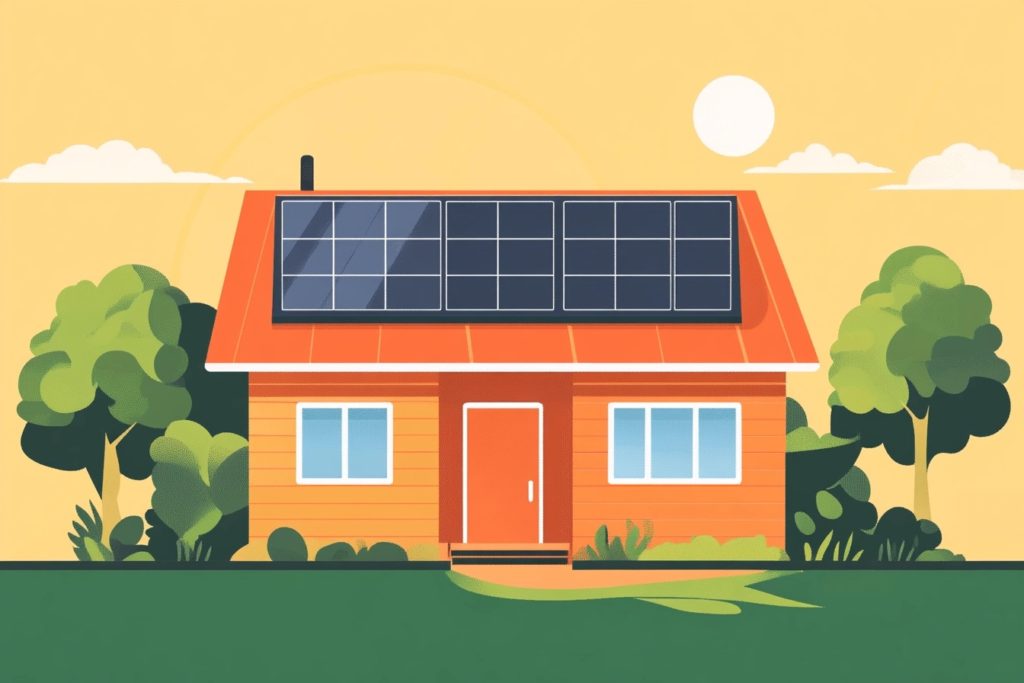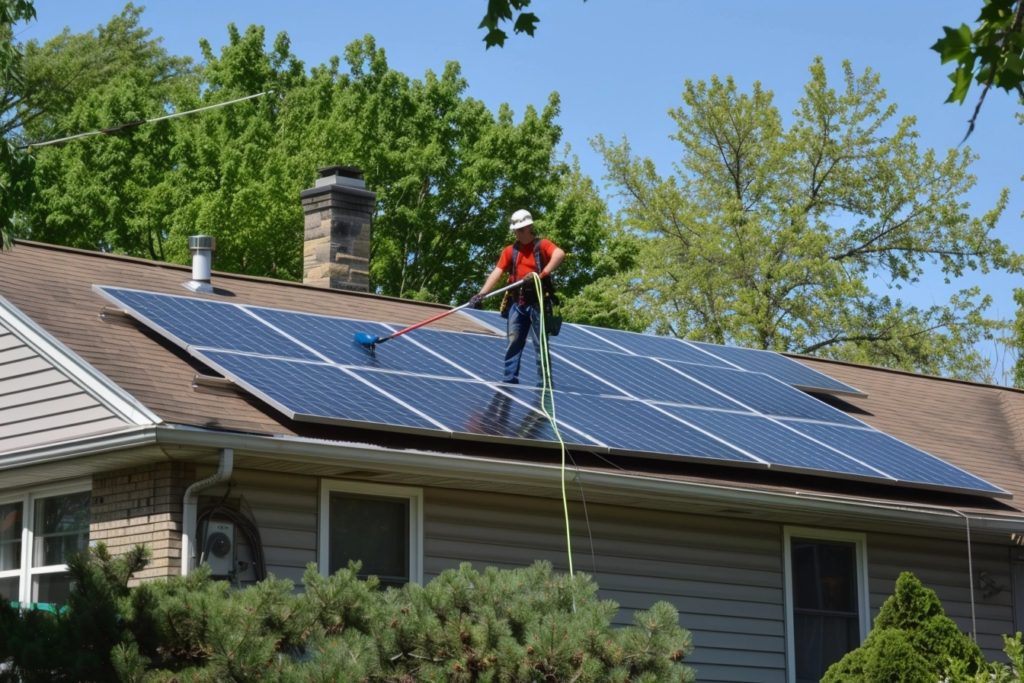For decades now, adding a solar energy system to a residence has been a great way for homeowners to cut down on energy costs and protect our environment. Solar panels first started becoming popular in the 1980s, and today many homeowners around the world have solar energy arrays on their rooftops. While solar panel technology isn’t exactly a new development, there are still researchers looking for ways to make solar panels more effective, efficient, and affordable for homeowners.
There are several different types of new solar panel technology currently in development. Some of them could even alter the future of renewable energy as we know it! Let’s take a deep dive into the details of several of the latest solar panel technology advancements and see if any of them might be a promising option to power your home in the near future.
Perovskite Materials
In March 2021, the United States federal government announced that it was spending more than $125 million to improve the cost efficiency of solar energy. Nearly one-third of this money went toward the research and development of perovskite materials, which scientists hope can make solar panels more efficient than ever.
While perovskite materials are a relatively new solar panel technology, perovskites themselves were originally discovered back in the 1830s. However, it has only been since the 1990s that researchers have looked into the potential impact of perovskite materials on solar panel technology. Currently, scientists are examining whether this solar panel technology can supplement or even replace the silicon cells that have powered solar panels for more than a half-century.
The advantages of perovskite materials begin with how relatively cheap and easy it is to make perovskite solar cells. The process also doesn’t require as much heat as silicon cells, which could possibly further reduce manufacturing costs. While perovskite solar panel technology isn’t currently as efficient as silicon cells, researchers are closing the gap quickly, and efficiencies are now getting very close between the two materials.
Another exciting aspect of this new solar panel technology is how perovskite solar cells can be applied to thin sheets. This raises the possibility of perovskite materials being used to create flexible plastic films that can be affixed to surfaces that can’t handle a typical solar array. For example, consider the exterior of a vehicle, or even the fabric used to create clothing.
Perovskites also show great potential when paired with silicon to create a two-in-one solar cell that generates electricity from many different light waves. While silicon cells can only take advantage of a few wavelengths of light, a silicon cell coated with perovskite could generate energy from a much wider range of light waves.
However, there’s a reason perovskite materials haven’t yet become the most popular solar panel technology. At this time, perovskite cells lack durability, and researchers expect that it could be several more years before they’re able to develop a perovskite solar panel that can match the long lifespan of a silicon cell panel.
Floating Solar Farms
Perovskite materials are far from the only example when it comes to the latest solar panel technology. For instance, floating solar farms are becoming more common. The first large-scale floating solar farm was built in 2008, and they’ve slowly gained popularity since then. Not only do floating solar farms enable developers to build massive commercial solar arrays without using up valuable land, but the water they float on helps cool and clean the panels.
Floating solar farms aren’t yet common for residential applications, but it’s not difficult to imagine a near future in which homeowners add small floating solar farms to ponds, pools, and other bodies of water on their property.
Building-Integrated Photovoltaics
Building-integrated photovoltaics (BIPV) is another promising new solar panel technology, as these elements can be built into the architecture of a structure, creating a seamless aesthetic instead of mounting solar panels on a rooftop. With BIPV technology, homeowners can save money by swapping out traditional construction materials for BIPV solar panels, killing two birds with one stone. BIPV panels can be used on floors, facades, and more, producing superior energy efficiency, thermal insulation, and cost-efficiency, all while having a minimal carbon footprint.
Solar Skins and Fabrics
Solar skins are a photovoltaic solar panel technology that allows manufacturers to print patterns and designs on solar panels. These allow homeowners to hide their solar panel arrays by printing custom designs embedded into each panel, creating a type of camouflage that can blend seamlessly into your roof aesthetic.
Similarly, solar fabrics are an interesting new solar panel technology that can blend in with the existing aesthetics of a home. For instance, solar fabrics could be used in awnings or curtains, providing multiple purposes for existing elements of your house. Solar skins are currently relatively expensive, and solar fabrics aren’t quite ready for market yet, but someday soon these could be strong options to power your home.
Photovoltaic Solar Noise Barriers
With photovoltaic solar noise barriers (PVNB), we encounter another multitasking form of new solar panel technology. Currently, PVNBs are being designed to replace standard highway traffic noise barriers, providing a sound-reducing wall that also generates electricity. Once these hit the market, we imagine that it won’t be long before PVNBs are available for homeowners to use as fencing material.
Other Promising Developments
There are so many new solar panel technologies that it’s hard to discuss them all in-depth here. However, we also wanted to mention the development of several advancements that are still a few years away. Solar roads are currently in a trial phase, and they could someday find residential use in the form of solar driveways and sidewalks. Solar paint is looking like it will hit the market within the next few years as well. Finally, while solar windows are currently experiencing some efficiency issues in tests, further research will almost certainly refine and improve this new solar panel technology as well.
In Conclusion
As you can see, there are plenty of exciting new solar panel technologies. While not all of them are ready for residential use, the solar energy options for homeowners could proliferate in the coming years. For more information about installing residential solar energy systems, contact LGCY Power at 855.903.1909 and one of our expert representatives will help you iron out the details.





